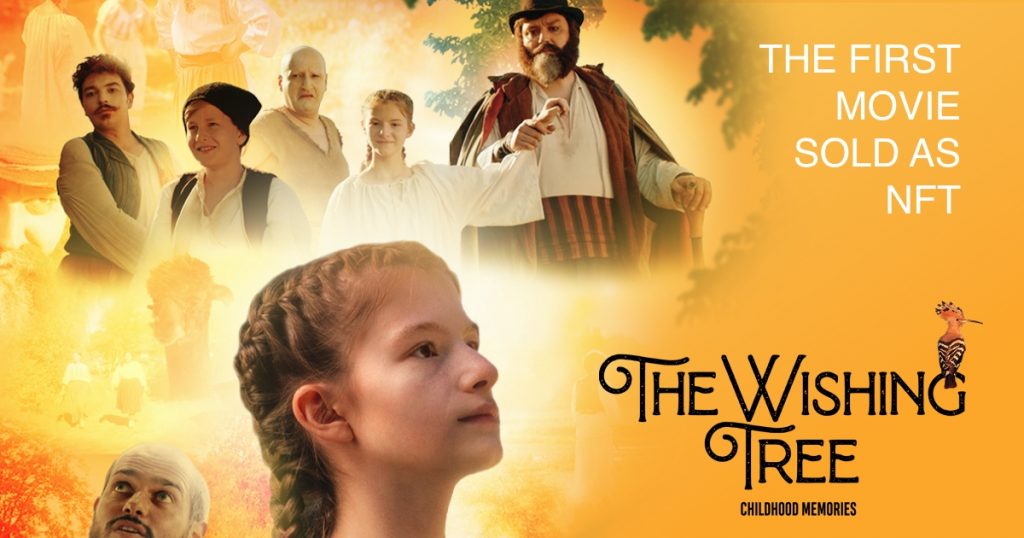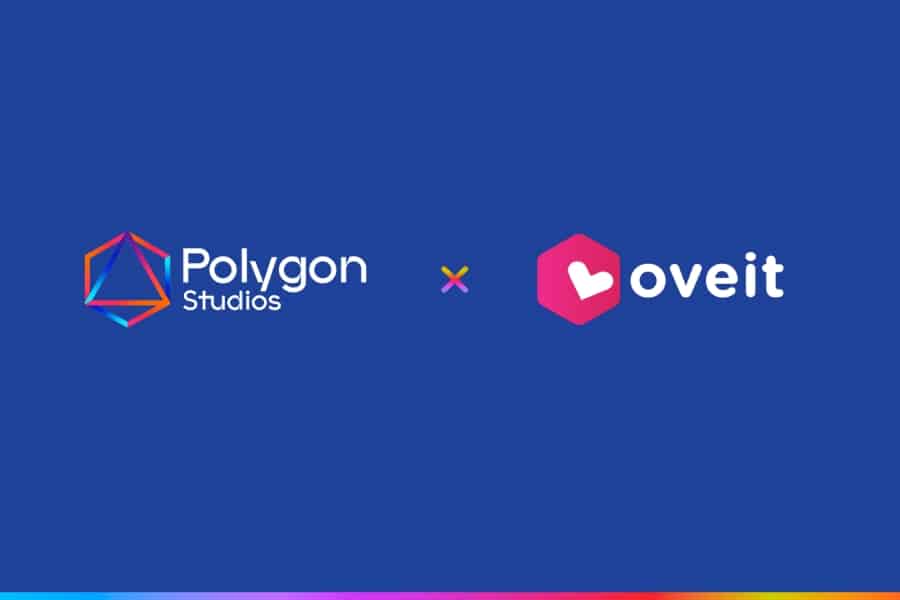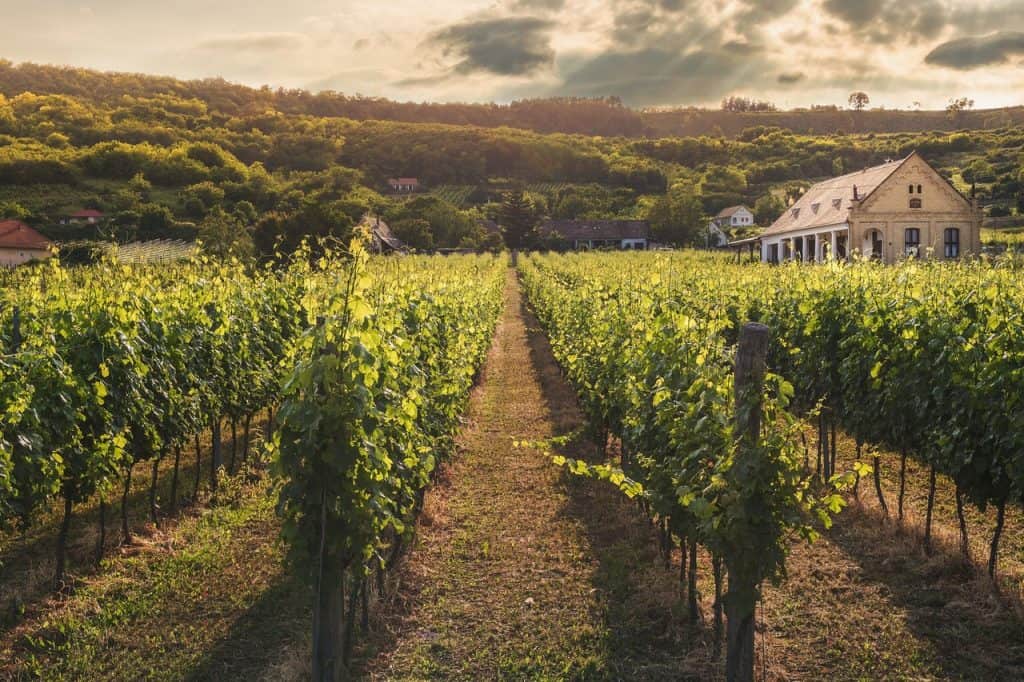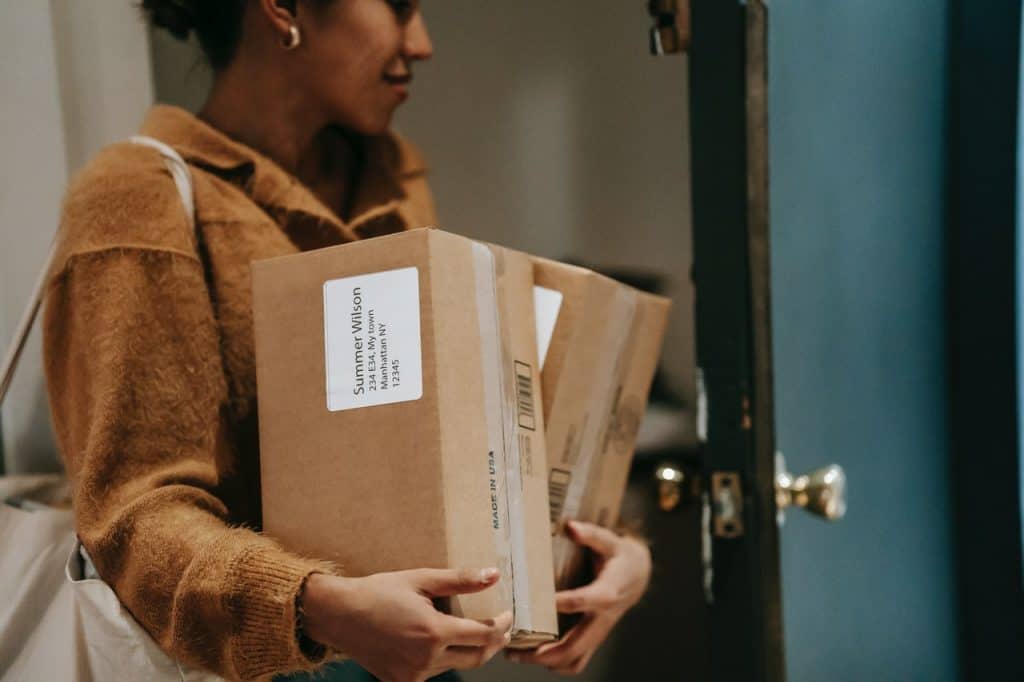The Wishing Tree: Childhood Memories
The Wishing Tree: Childhood Memories, a Romanian production directed by Andrei Huţuleac after a script by Mihai Mănescu, Matei Dima, and Andrei Huţuleac is the first feature movie in the world released as NFT film frames. The project is implemented by Oveit and Minternational Affairs.
The Wishing Tree: Childhood Memories is the first Romanian fantasy family film released in the last 30 years in Romania. It is a film destined for the young ones, as well as for the whole family, with an immediate impact on the lives of those who suffer. The film, inspired by real events, tells the story of Mara and her friends, who set out on a fantastic adventure leading into the world of one of the most famous Romanian children’s books: Childhood Memories written by Ion Creangă.
The movie will be released in Romanian theaters starting 25 March 2022. All the funds generated by the film will be donated to the HOSPICE Casa Speranţei (HOSPICE House of Hope) Foundation, the largest NGO in Romania, that’s offering free palliative care for adults and children suffering from an incurable illness.
The Story of the World’s First Movie Released as NFT Film Frames
The collection is made out of 12.432 NFTs which are actual film frames from The Wishing Tree: Childhood Memories film. 12.432 is the number of home care visits made by the medical teams of HOSPICE Casa Speranţei in 2021.

The cost of an NFT is the Ethereum (ETH) equivalent of 250 lei (≅ $56), a sum that represents the cost of a home care visit. 50% of the revenues will be donated to HOSPICE Casa Speranţei and their services. You can purchase the NFT and contribute to the help offered unconditionally to incurable ill children and adults by accessing https://oveit.com/copacul-dorintelor/.
NFT stands for “Non-Fungible Token”. Goods can be fungible or non-fungible. Fungible goods are those which are determinable by number, measure, or weight so that they can be substituted for each other in the performance of an obligation. Money represents fungible goods. NFTs are non-fungible goods, i.e. individually determined goods that cannot be replaced by other goods. They are unique.
All NFT holders will be whitelisted for the next NFT collection, “Alpaca”, representing Mișu the (P)alpaca, the HOSPICE Casa Speranței mascot, a symbol of involvement, of small gestures that lead to a greater good and of good deeds done with a smile. We will also be announcing soon more benefits for NFT holders.
About Oveit:
Oveit is a tech company with its headquarters in Austin, TX, USA. The company offers NFT solutions and smart contracts for events and online shopping. Oveit is a Crypto.com partner for crypto payment processing from 2020. In 2021, the company became an international Polygon partner for NFT ticketing and live shopping for NFT, through its solution Oveit NFT.
So far, Oveit has released cashless payment solutions for events and venues, as well as solutions for access control and registration for virtual and live events. For its products, Oveit was nominated as „one of the most important innovators in the world regarding disruptive technology” by the World Organization of United Nations Tourism in 2019.
About Minternational Affairs:
Minternational Affairs (or MintAF) is one of the first agencies worldwide that conceives and implements NFT projects. The company also offers consultancy and implementation support for NFT projects initiated by tertiary parties that require MintAF’s expertise.
About HOSPICE Casa Speranței:
HOSPICE is the largest foundation in Romania offering free palliative care services. The organization runs two hospitals in Braşov and Bucharest, a socio-medical center in Adunaţii Copăceni, as well as mobile teams in Făgăraş and Zărneşti, for the care of patients diagnosed with incurable illnesses. HOSPICE has developed complete palliative care services, offered in day centers, in patient units, outpatient units, as well as in the patient homes and in the partner hospitals. In its 30 years of existence, HOSPICE has brought comfort and hope to approximately 45.000 children and adults suffering from an incurable illness.






